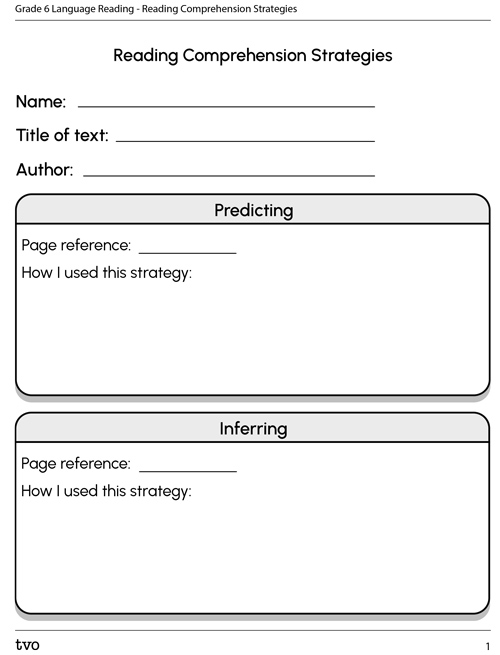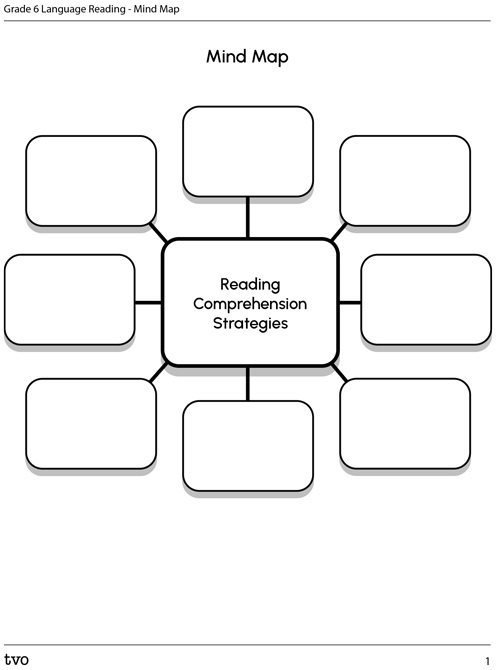Minds On
What’s your strategy?

What reading comprehension strategies are you familiar with? Which ones do you find useful? When do you like to use a specific reading comprehension strategy?
Brainstorm the reading comprehension strategies you use and/or are familiar with. You can record your ideas using a method of your choice or use the following fillable and printable Mind Map template.
Action
The more the merrier
You probably recorded more than one reading comprehension strategy during your brainstorm. This is because we use a variety of strategies when we read! Some of which we’ve learned to use automatically or without thinking about them.
What do you do when you don’t understand what you’re reading?
Have you ever explored a passage from a text and thought, “Whoa. I have no idea what I just read!”?
Maybe it’s the whole passage, a sentence or two, or an unfamiliar word. We all get “stuck” sometimes. But this is also why it’s important to have a number of comprehension strategies that you can reference or use to get “unstuck.”
Brainstorm
Share your thoughts
Answer the following questions.
What questions do you ask yourself to check that you understand what you’re reading?
How do you know if you need to reread a section of text?
What else can you do if reading or rereading does not clarify the meaning?
The following list displays six reading comprehension strategies that you’ll want to familiarize yourself with. If possible, examine the strategies with a partner. Which ones do you use? Which one(s) are you curious about?
The idea is to learn how to use all of these strategies to help you develop an understanding of a text.
Strategies galore
Let’s practice using the strategies we’ve just explored.

Select a section or chapter from a book or audiobook that you’re currently reading or recently explored. Then, as you read:
- Keep track of the reading comprehension strategies that you use.
- Describe how and when (e.g., before, during, or after reading) you used a strategy. Be sure to provide examples from the text to support your explanation.
For example, you might use the title and/or cover illustration of a text to make predictions about what will happen in the text.
You would then also provide examples of the questions you asked yourself and how these helped you predict what will happen in the story.
You can use the following fillable and printable Reading Comprehension Strategies template to keep track of the strategies that you use. You can also keep track in your notebook or use another method of your choice.

Press the Activity button to access Reading Comprehension Strategies.
Activity (Open PDF in a new tab)Consolidation
Meaning making

Review the strategies that you used. Did you use all six? Use the following questions to reflect on your learning.
- Which strategies did you find the most helpful before, during, and after reading? Explain your thinking.
- Which comprehension strategies did you use the most? Which one(s) did you use the least? Why do you think this is?
- Which strategy would you like to use more? Explain your thinking. This could be a strategy that is new to you or one that you use infrequently.
Record your responses using a method of your choice.
Reflection
As you read through these descriptions, which sentence best describes how you are feeling about your understanding of this learning activity? Press the button that is beside this sentence.
I feel...
Now, record your ideas using a voice recorder, speech-to-text, or writing tool.
